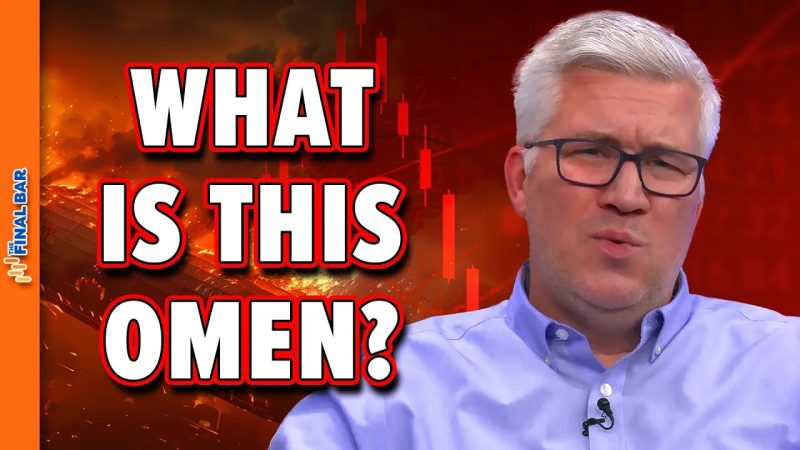The Hindenburg Omen: A Statistical Analysis of Market Volatility
The Hindenburg Omen, a technical analysis signal named after the infamous Hindenburg disaster of 1937, has long been a point of contention among investors and analysts. This signal is used by some traders to predict stock market crashes by detecting market volatility and the potential for a severe downturn. However, the efficacy and reliability of this indicator have sparked debates within the financial community.
Critics argue that the Hindenburg Omen is nothing more than a random occurrence with no predictive power over market movements. They point to instances where the signal was triggered but no crash followed, undermining its credibility as a reliable forecasting tool. Proponents, on the other hand, believe that the Hindenburg Omen can provide valuable insights into market sentiment and looming risks.
One of the core components of the Hindenburg Omen is the presence of a high number of new 52-week highs and lows in the stock market. This divergence is seen as a sign of instability and uncertainty among investors, signaling a potential shift in market direction. The theory behind this signal is that a large number of new highs and lows indicate a lack of market consensus, potentially leading to increased volatility and a possible market crash.
While the idea behind the Hindenburg Omen may seem logical, its track record in predicting market crashes is mixed at best. Studies have shown that the signal has a relatively low accuracy rate, with many false positives and false negatives. This inconsistency has led many analysts to question the usefulness of the Hindenburg Omen as a reliable market forecasting tool.
Furthermore, the duration of the effects of the Hindenburg Omen is another area of uncertainty. Some traders believe that the signal can have lasting implications on market sentiment, leading to increased caution and risk aversion among investors. Others argue that the effects of the signal are short-lived, with market dynamics quickly overpowering any initial impact.
In conclusion, while the Hindenburg Omen may offer some valuable insights into market volatility and sentiment, its predictive power remains questionable. Investors should approach this technical signal with caution and consider other fundamental and technical indicators to form a well-rounded investment strategy. Ultimately, the market is driven by a multitude of factors, and relying solely on one signal may not provide a comprehensive view of market conditions.


































